A frozen archive reveals climate six million years ago.
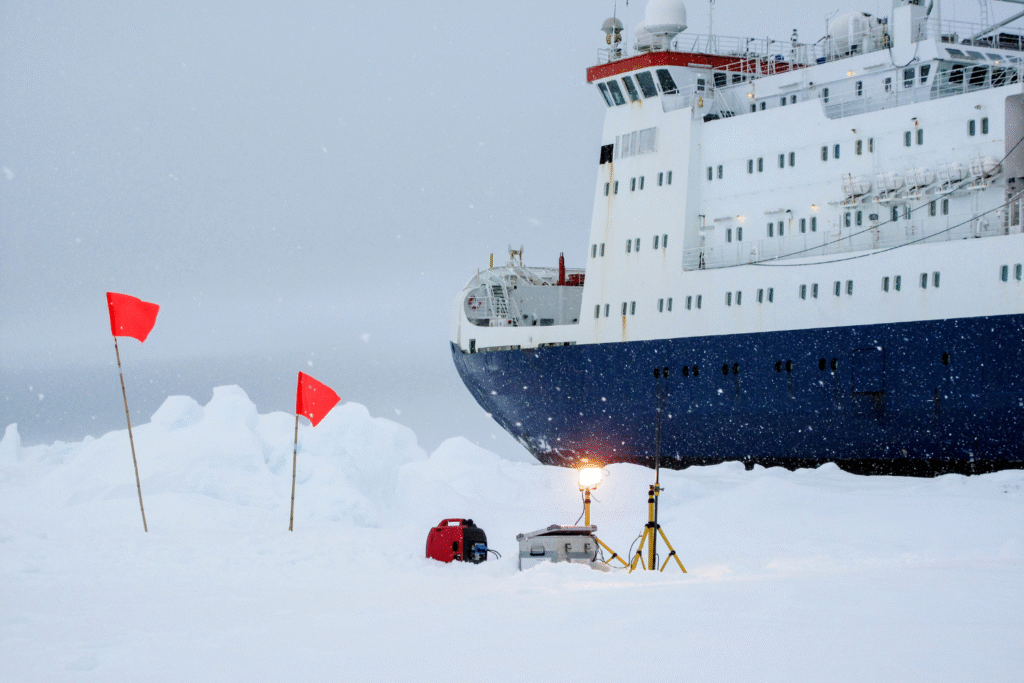
Deep in the Allan Hills region of East Antarctica scientists have uncovered ice that dates back roughly six million years, and it contains sealed air bubbles that offer a direct window into Earth’s ancient atmosphere and climate. The find shatters previous records and brings insights into a period when the planet was significantly warmer, sea levels were higher, and climate systems were different from today. Since this ice remained remarkably undisturbed the story it tells about greenhouse gases and temperature shifts over millions of years feels fresh and urgent.
1. The ice core has been dated to approximately six million years of age.
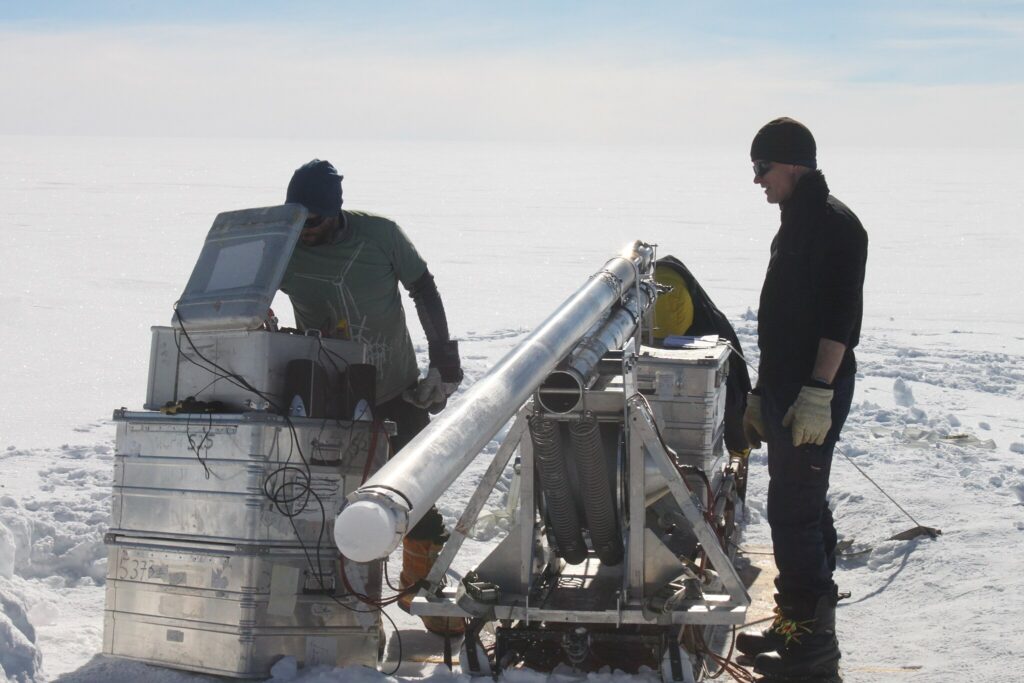
In an extraordinary discovery researchers recovered ice at Allan Hills that was directly dated to around six million years old, making it the oldest ice ever directly dated on Earth. The study used argon isotope decay and other methods to confirm the age, providing a new baseline for paleoclimate records as reported by Oregon State University. This pushes back the time depth of ice-core climate archives and opens the possibility of tracking climate and atmospheric composition much further than before.
2. The sealed air bubbles reveal ancient atmospheric composition.

Tiny bubbles trapped in the ice preserve ancient air that allows scientists to measure greenhouse gas concentrations and atmospheric conditions from millions of years ago according to ScienceAlert. By studying these bubbles researchers found that Antarctica has cooled by about twelve degrees Celsius over the six-million-year span and that atmospheric composition shifted significantly during that time. The ancient atmosphere contained clues to how Earth’s climate system responded to long-term changes in temperature, ice cover and sea level.
3. The oxygen-isotope ratios show a major long-term cooling trend.
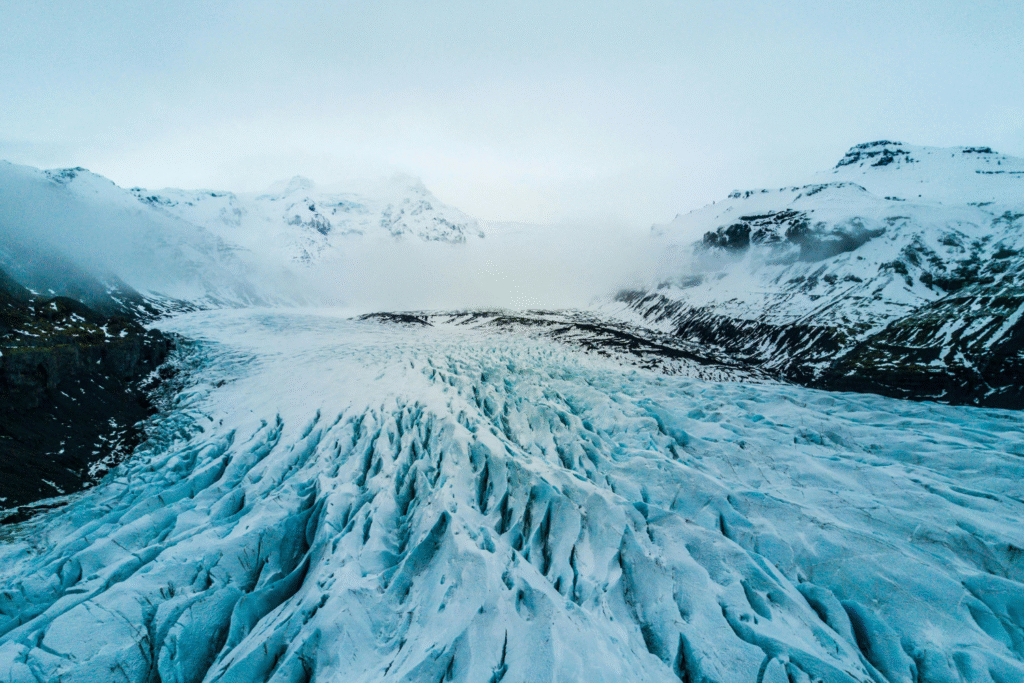
Analysis of oxygen isotope ratios in the ice revealed that the region experienced a dramatic cooling of approximately twelve degrees Celsius over the six-million-year timeframe as discovered by LiveScience. These isotopic measurements provide insight into how much colder Antarctica has become relative to the Miocene epoch, helping researchers calibrate models of ice sheet growth, atmospheric circulation and sea level change. The long-term cooling underscores how different Earth’s climate once was and how much it has shifted.
4. The location’s static ice movement aided preservation.
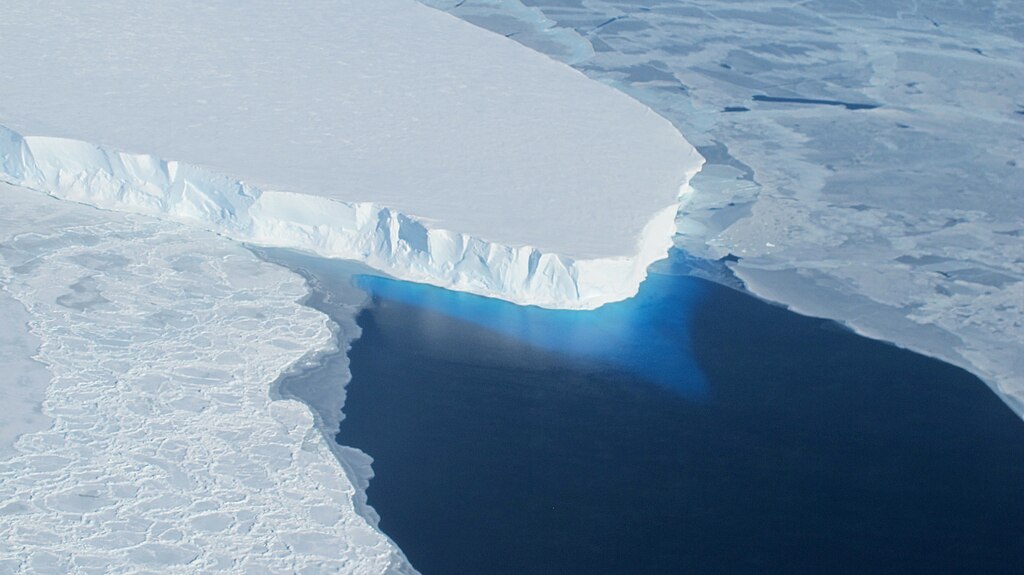
The Allan Hills region proved ideal for preserving ancient ice because the ice there flows slowly and experiences minimal distortion, allowing layers from millions of years ago to remain relatively intact. The stagnant ice area prevents the glacial mixing that typically destroys older layers elsewhere, which is why this find is so exceptional. Because of this unique condition scientists can access climate signals that would otherwise be lost in regions with rapid ice movement or melting, giving them a clearer picture of past climate.
5. The ice sample bridges a gap in paleoclimate records.

Previously most ice-core records only reached back up to around a million years, so this six-million-year sample fills a large void in climate history. With this archive researchers can connect older geological proxies with more recent ice-core data, creating a more continuous picture of Earth’s climate evolution. It allows them to examine how transitions such as from green to ice-dominated epochs occurred, and to test how sensitivity to greenhouse gases may have changed over deep time.
6. Sea-level implications stem from warmer ancient climates.

During the time when this ice formed Earth experienced significantly higher sea levels, as suggested by geological evidence and now supported by climate signals in this ice. The warmer conditions captured in the ice correspond with less global ice cover and raised coastlines, meaning that the sample offers direct climate context for when oceans were higher. Understanding those past conditions helps researchers better evaluate how sensitive sea levels are to temperature and ice sheet changes in the future.
7. The discovery informs modern climate-change models.
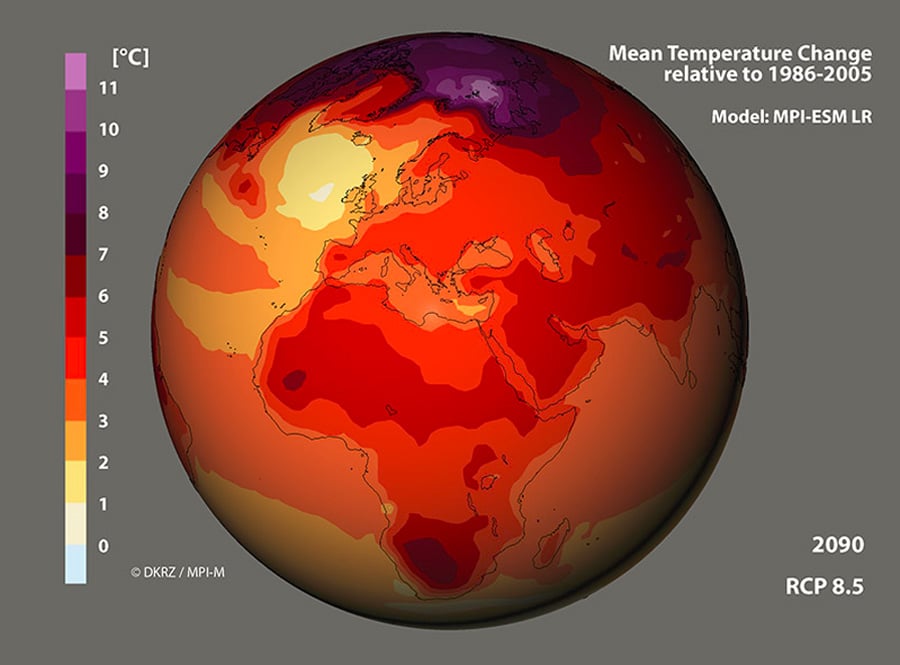
Because the ice records a period of higher baseline temperatures and distinct atmospheric composition the data can help improve climate-change projections by showing how the system behaved under different conditions. Models can now incorporate actual empirical data from warmer epochs instead of only recent colder ones, leading to better understanding of tipping points, feedback loops and ice sheet responses. The new sample thus becomes a valuable calibration point for future predictions.
8. Unique drilling techniques enabled bringing this ice to the surface.
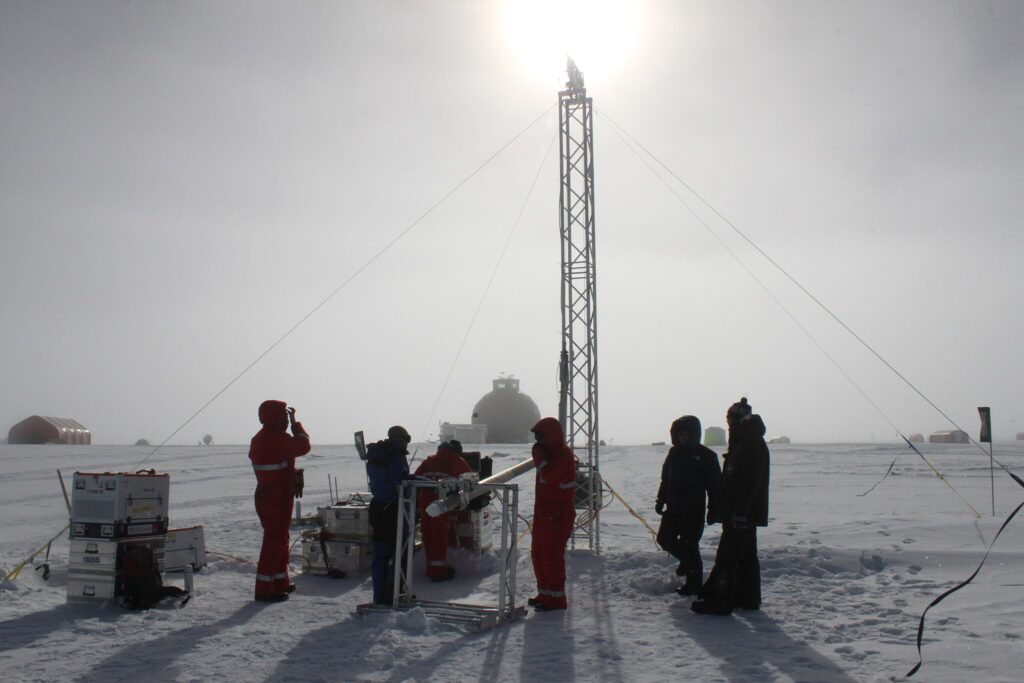
The recovery of such old ice required specialised drilling, core extraction and careful dating methods to avoid contamination and to preserve trapped gases. Researchers combined surface mapping of blue-ice areas, precision coring and argon-isotope dating to identify, sample and verify the age of the ice. The logistical challenges of working in extreme Antarctic conditions and then ensuring the scientific integrity of the cores highlight the technical achievement behind the discovery.
9. The find encourages deeper exploration of stagnant ice zones.

This discovery has shifted attention to other stagnant or slow-flowing ice regions that may harbour even older climate archives. Scientists are now surveying similar terrains for the presence of sealed, ancient ice that has remained undisturbed. The hope is that by locating more of these pristine records we can extend climate history further and refine our understanding of how Earth’s system transitioned through major shifts in temperature, ice cover and atmospheric composition.
10. Collaborations across geology, glaciology and atmospheric science expanded.

The comprehensive study of this ice required input from multiple disciplines: geologists, glaciologists, atmospheric chemists, modelers and dating-expert teams all contributed to interpreting the sample. This interdisciplinary effort meant that the ice sample was analysed not only for its age but for its chemical composition, physical structure, gas content and climate implications. The collaborative approach demonstrates how modern science of ancient climates increasingly relies on bridging fields and methods.
